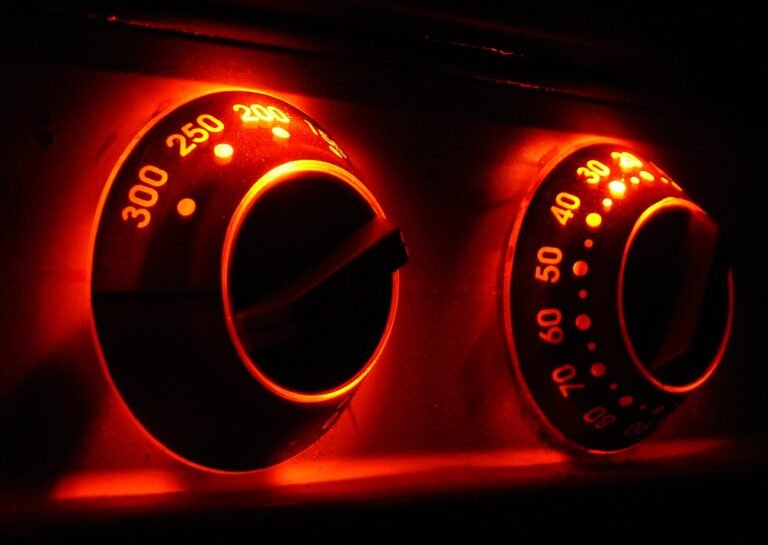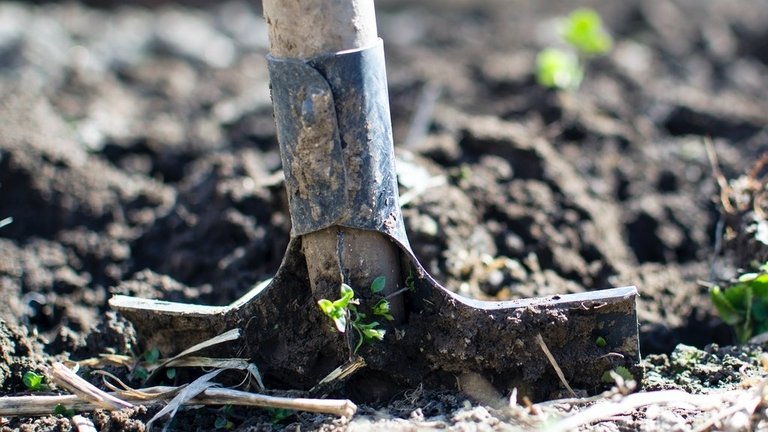Is Air-Dry Clay Waterproof?
Air-dry clay is a wonderful idea for people that don’t have access to kilns and want to make inexpensive pieces of pottery. While this is a really convenient medium and can be used to make almost anything, there is one major concern that a lot of people have: is it really waterproof?
While the air-dry clay itself is NOT waterproof, that doesn’t mean that it can’t be turned into one that is. There are plenty of ways to make it waterproof, most of which don’t require much knowledge or experience in pottery-making. Simply put: you need to seal the clay after it’s done drying.
Yes, the answer is that simple, you just need to seal the clay, which doesn’t require much skill. However, choosing the right medium that you can use, and some techniques that you need to have can be somewhat tricky, but don’t worry, I will walk you through the whole process!
How do You Make Air Dry Clay Waterproof?
As I have already mentioned, you just need to seal it after it’s done drying, but if you’re not really familiar with the process, even this can be a bit confusing. I won’t go into much detail about making the actual pottery piece but will focus on what comes after. First, let’s discuss why you need to seal your pottery and how it’s done.
Unlike other clays, air-dry clay will get soft when it gets introduced to water because it dries without the kiln when the water inside of the clay evaporates, which makes it hard. But this also means that when reintroduced to water, it will get soft again, and even though that process won’t happen instantly, over time the clay will get softer and lose its shape. To avoid ruining your beautiful pottery, I suggest sealing them.
Sealing refers to applying different mediums on the surface of the clay, thus prohibiting any contact between the clay and water. Those mediums can vary drastically in terms of their strength levels and how long their effects might last, which means that you have to find the one that will work the best for your needs. Those mediums are also called sealants.
The process itself is not very complicated. All you need to do is apply the medium of your choice (which I will list later) over the surface of the pottery, simple as that. The amount of layers that you have to apply also depends on the medium.
Is Polymer Clay Waterproof?
When it comes to polymer clay, it is waterproof both when it’s baked or unbaked, but prolonged exposure is still not recommended. Unlike air-dry clays, it’s oil-based, which means that it is waterproof. However, this also means that it cannot be air-dried, and needs to be baked, which might not be ideal for people who do not have access to those types of equipment.
I must also mention that while it’s waterproof, being exposed to water for too long can make it a bit more brittle. This doesn’t mean that a little rain or occasional use will ruin it, but do try to keep it as dry as possible. Even with polymer clay, it is a good idea to varnish it for extra protection.
What is The Best Varnish For Air Dry Clay?
Now that I’ve discussed some of the basics, it’s time to talk about the topic that might be challenging for many: choosing the right medium. There are plenty of alternatives out there, which means that finding the one that you need might be a bit challenging. When choosing the best varnish, there are a couple of things that you need to keep in mind.
Before I go on, please bear in mind that the best one for you might not necessarily be the best option for a different person. I have already mentioned that different mediums vary in quality and characteristics, meaning that the thing that you’re looking for might be completely useless to another person. So, it’s a matter of taste, and the best that I can do is give a list of options with their characteristics while letting you choose which one sounds like what you were looking for.
I should also mention that all of the options are NOT safe for being used on pottery that is to be used for storing food/drinks. The pottery should only be used for decorative purposes. So, while a lot of varnishes are non-toxic, they still weren’t meant to be consumed, and thus cannot come in contact with food.
Now, moving on to different options of varnishes. Most of the varnishes can be applied just like paint, over the already dry clay. Please make sure that the clay has dried down, and just to be safe, wait about 72 hours and only after that apply the varnish.
To start off, let’s take a look at the simplest option: clear nail polish. This is something that is already present in a lot of houses and could be used on small pieces of pottery, such as jewelry, small decorations, and so on. While this is not something that I would recommend for professional use, it could work for smaller projects.
Another great alternative is clear polyurethane varnish. So many brands offer different options, which means that you can definitely find one that works the best for you. There are some that also have some tints to them, meaning that if giving some tints to your pottery pieces is your goal, this would definitely be an interesting option for you.
If you want to try something that is not applied with a brush, definitely try a spray varnish or lacquer! As the name suggests, you spray it on top of the clay, and it would be a good idea to do 2-3 thin layers and let it dry in between applying new layers. I would also suggest applying this varnish in a well-ventilated area, as even though all varnishes are not ideal for inhaling, this one is even worse due to it being a spray, but as long as you’re being responsible and careful, everything should be fine.







